Station III: approaching the ice edge
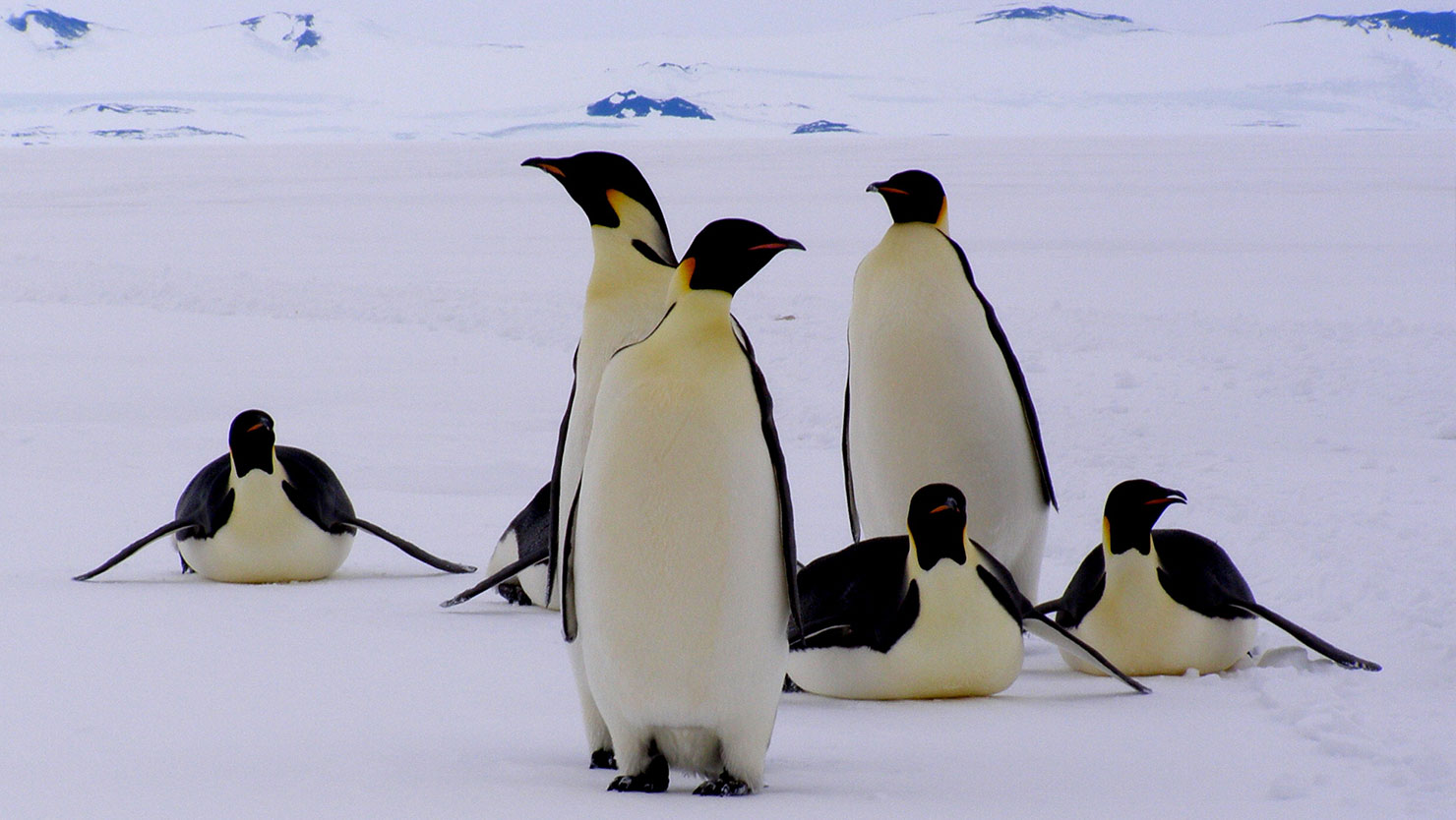
As we were finishing up our work at Station II, we called MacOps, the radio command center for McMurdo Station, and got a 24 hour weather update: a high to the north of Ross Island was blocking a storm in the south, and we were caught in the middle. The prediction: snow, and lots of it. We had already been caught out on two other storms, and so this time we decided to speed up our activities and get to the next station, Station III, before the snow started falling and we got stuck. As we were rushing around to finish last minute experiments, we had some visitors drop by our camp:
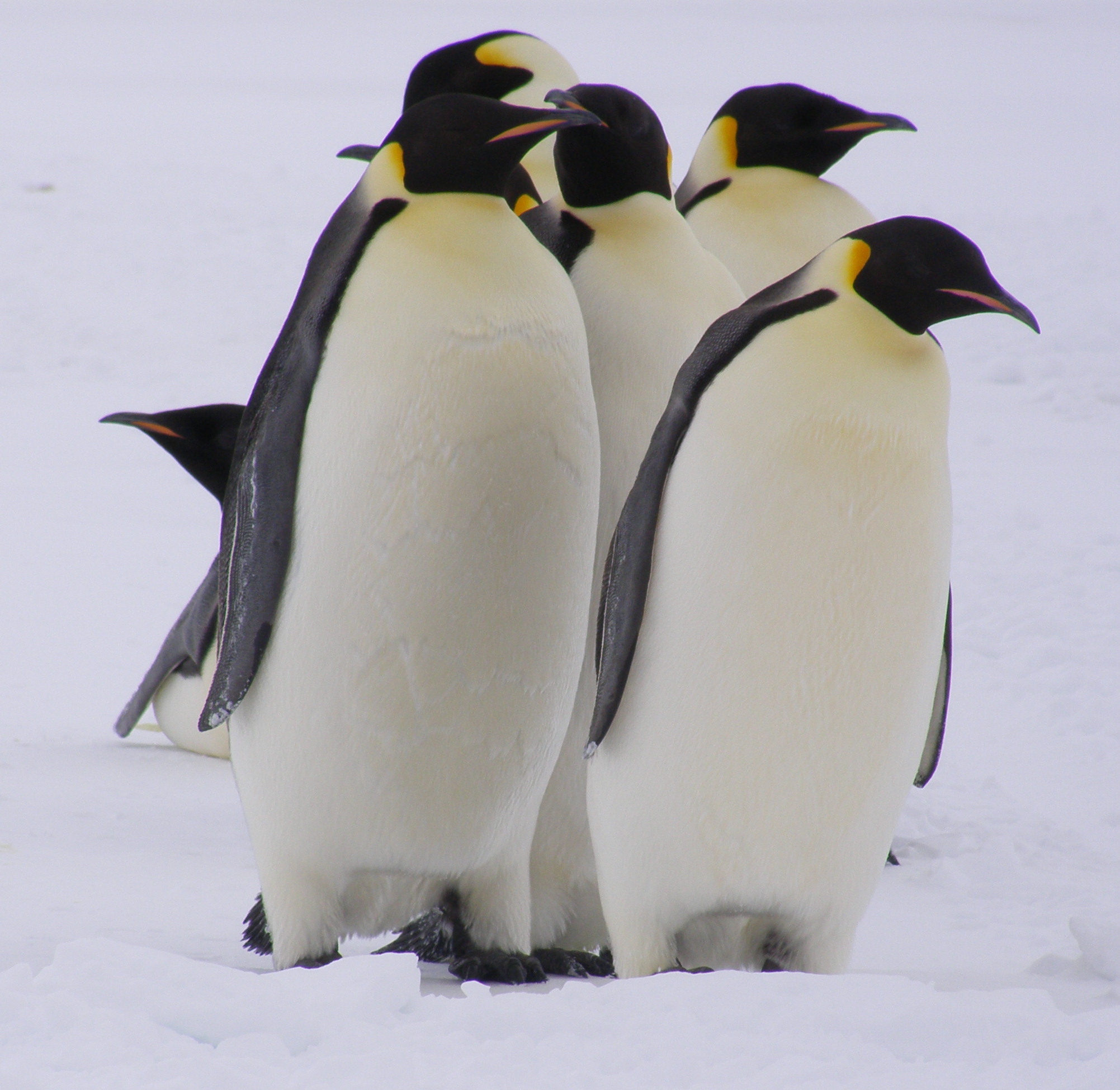
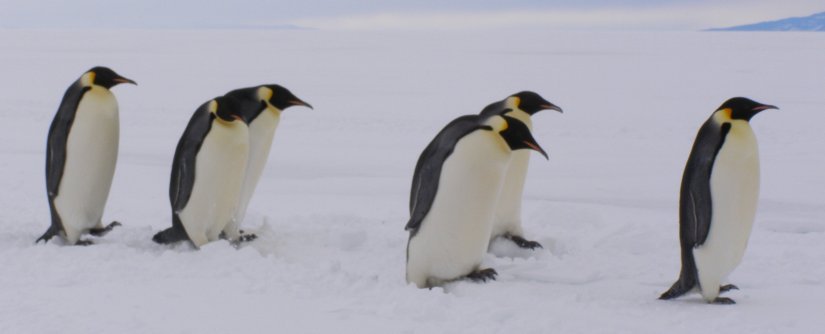
We continue with our packing, and soon we are able to hitch up our vehicles and sleds and continue heading west, out across the McMurdo Sound. At first the sea ice was similar to the day before: lots of cracks and pressure ridges where the plates collide, all of which need to be checked out before we can safely pass. About half way there though, the sea ice becomes smooth, and the cracks become so small that none if them are wide enough to present a possible danger.
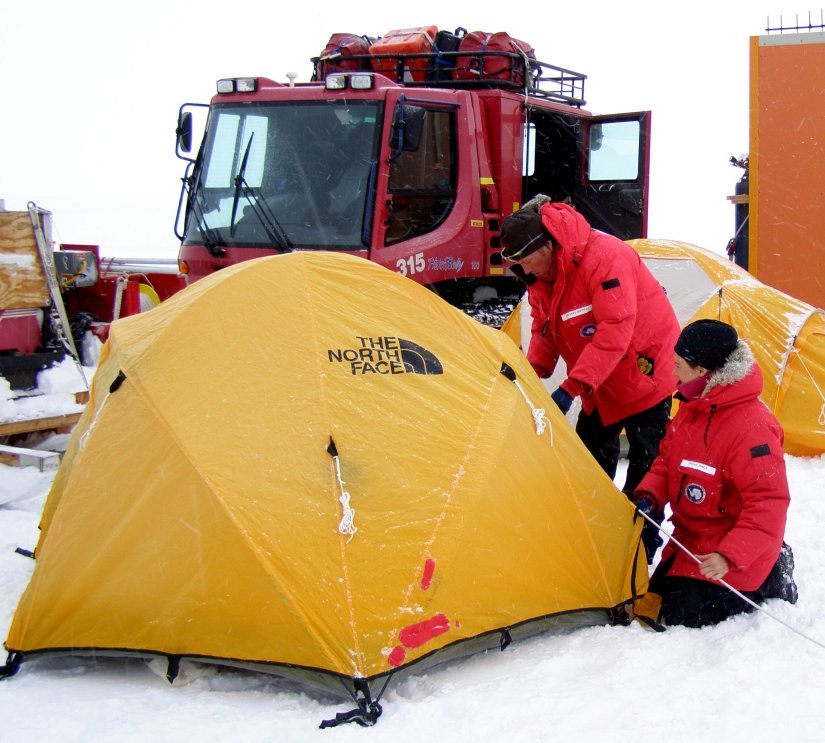
We get to camp, and when we climbed on the roof of our research sled, we could actually see the open water of the Ross Sea Polynya about two miles to our north. It was an amazing, and heartening sight, and we were excited to start seeing changes in both planktonic organisms and in water chemistry. As before, we arranged our vehicles in a windbreak, hoping to block the winds from the south, and had a quick hot meal before we got down to the business of prepping filters, drilling holes and labeling our collection tubes.
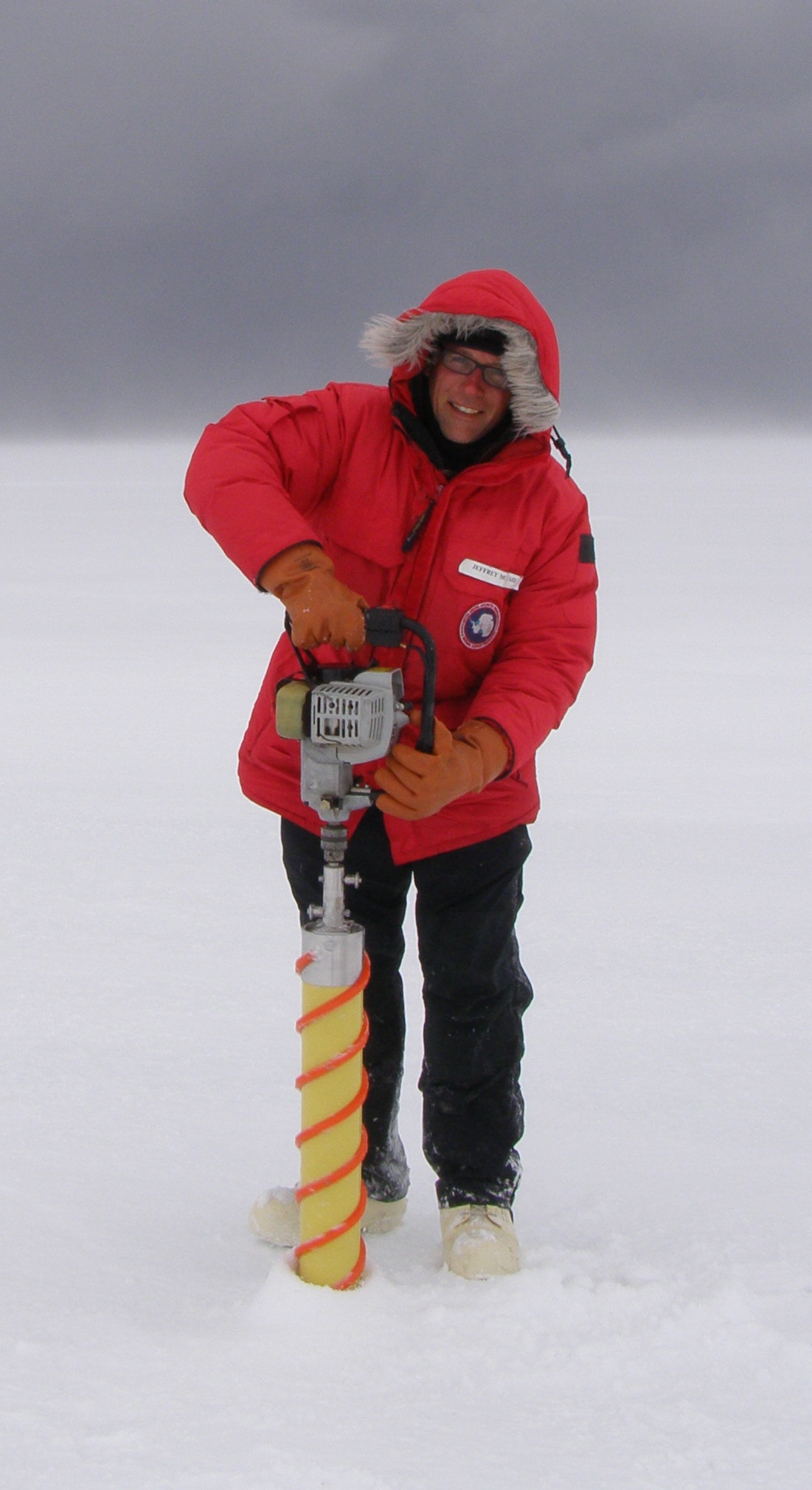
We are almost falling into a routine: I start working with the Kovacs corer while Mak and Abigail prepare the winch and tripod for casting the Niskin bottles. This particular station is over 700 meters deep, so lowering and raising a bottle 2000 feet will take some time. We had been using a HotFinger to melt and widen holes in the ice, but one of the connectors broke, so now Mak isn't able to circulate hot glycol through the coils. He and Matt end up using the one of the large drills, which take two people and are extremely heavy. I start pulling up a number of cores, and notice that there is less coloration that the previous site, which was less than the first station. We wonder if this is a trend as you move away from land, and consider whether we will have time to head back and take a few additional cores for comparasion. As we are talking about maybe using the snowmobiles to do this, we get seven more visitors, this time from the polynya to the north:
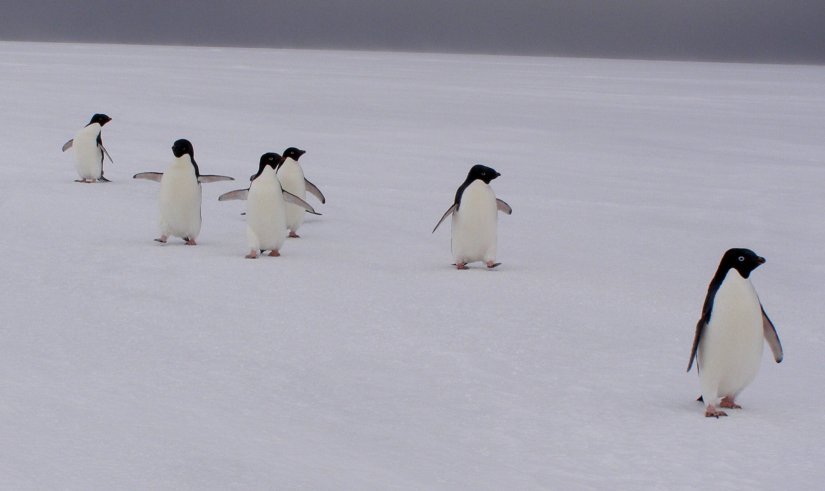
These Adelie penguins are not even a quarter of the size of the Emperor penguins we had seen earlier in the day, and unlike the stately and seemingly introspective Emperors, the Adelie seemed comical, almost borderline ditzy. The walked around camp, looking at our equipment, and they seemed pretty oblivious as they horsed around before headed back out to the polynya.
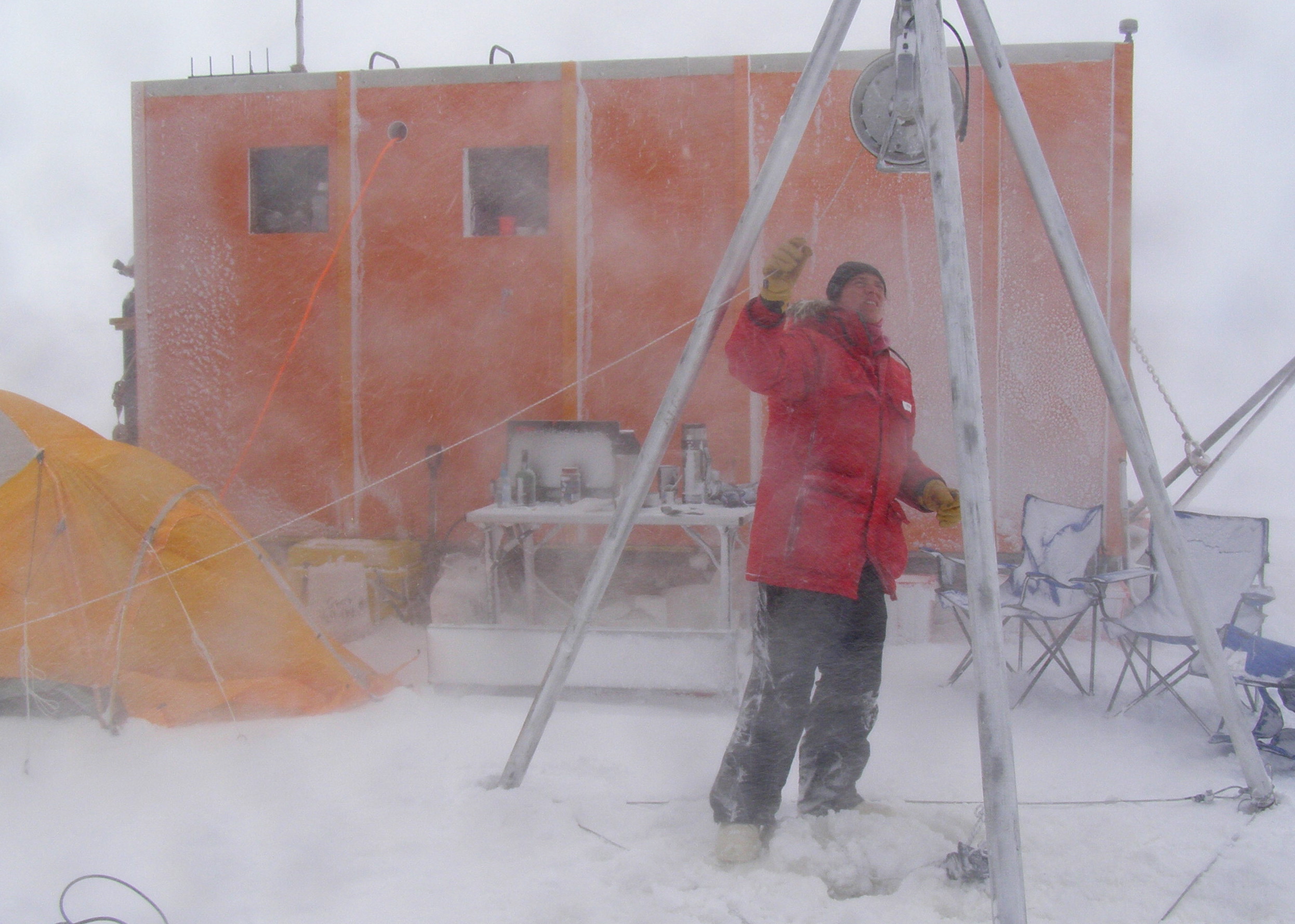
The snow started to fall, and the winds picked up - it was time for another Antarctic storm! We were only partway through sampling, but we needed a few critical pieces of equipment, including a snowmobile sled and a portable rack: as our last sample, Jeff Hoffman and I wanted to get up to the ice edge and sample the open polynya water, and to do that we would need more portable gear. It was decided I would go back in a Pisten Bully with Matt and try to beat the storm, and come back in the morning with our equipment. So I got a night in town - and a chance to post another update to the blog! Tommorow Jeff Hoffman and I will continue our transect right up to the sea-ice edge, which should be spectacular - stay tuned!